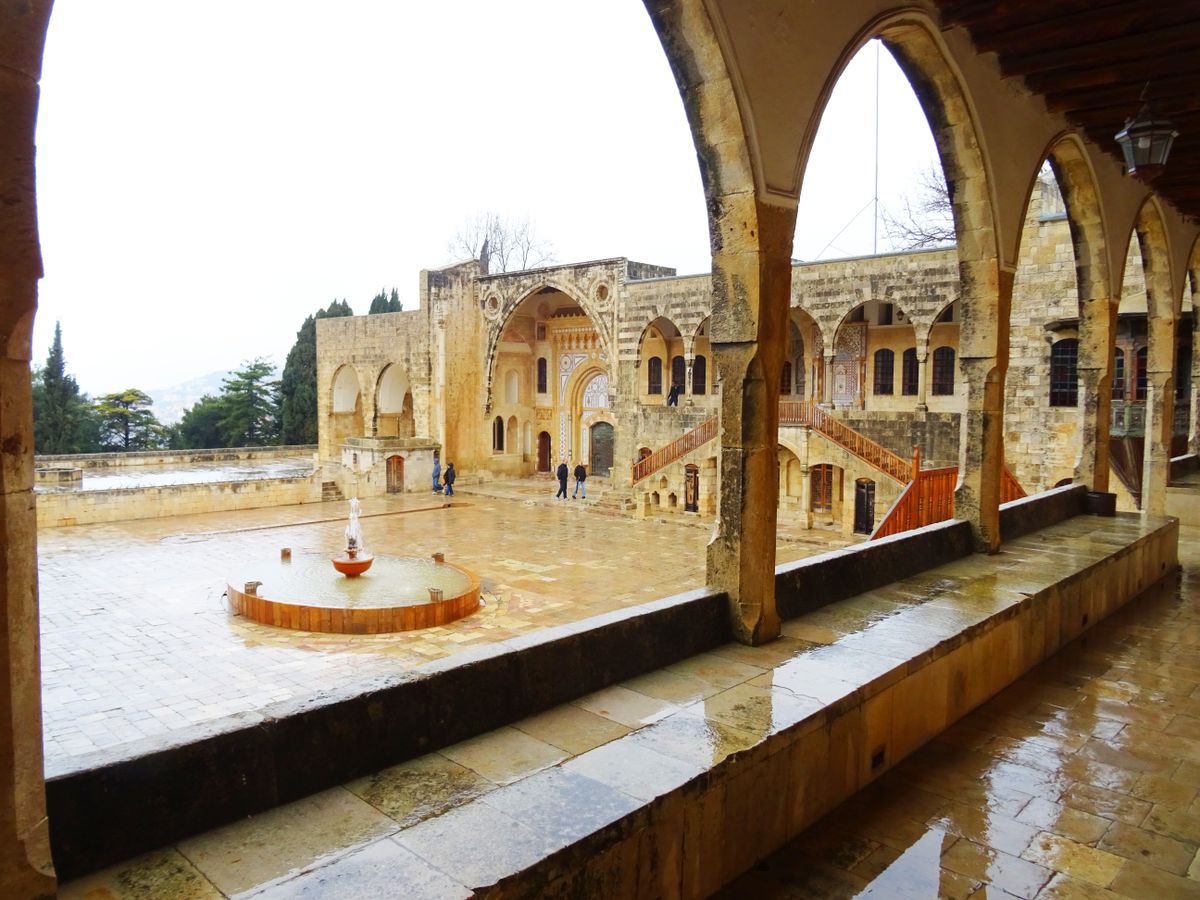About
When first laying eyes on Beit ed-Dine Palace it's easy to see why it is seen as one of Lebanon's greatest cultural treasures with its elaborate architecture, historic mosaics, and priceless decorations. However, all of this beauty was created at a high human cost.
Built over 30 years beginning in 1788, the palace was the personal home of emir Bashir Shihab II who wanted the mansion to be a place of singular beauty and legendary opulence. The castle was built on a hermitage called Beiteddine (House of Faith) and featured all manner of amenity including a lush personal apartment for the emir, a harem, and a rich guest house that was often offered to passing luminaries and dignitaries. Many of the surfaces were inlaid with intricate mosaics and designs, many of which have survived remarkably well to this day. Unfortunately all of this grandeur is said to have come at a great price.
While it is likely an apocryphal story, it's been said that the emir ordered that the architect of his palace have his hands cut right off so that the Beit ed-Dine Palace could not be duplicated. In addition he is said to have conscripted all of his healthy male subjects to work on the project for days at a time for no pay.
Despite the possible labor tragedies associated with it, the palace was eventually taken over by the Ottomans and used as a government building before eventually being turned into a protected historic site. Today the palace still retains its stunning architecture and hand-made mosaics and is an important site for both visitors and the people of Lebanon.
Related Tags
Community Contributors
Added By
Edited By
Published
January 28, 2015
Sources
- http://www.middleeast.com/beiteddine.htm
- http://www.lebguide.com/lebanon/touristic_sites/lebanon_touristic_sites_beiteddine.asp
- http://en.wikipedia.org/wiki/Beiteddine_Palace
- http://www.middleeast.com/beiteddine.htm
- http://www.lebguide.com/lebanon/touristic_sites/lebanon_touristic_sites_beiteddine.asp
- http://en.wikipedia.org/wiki/Beiteddine_Palace




























